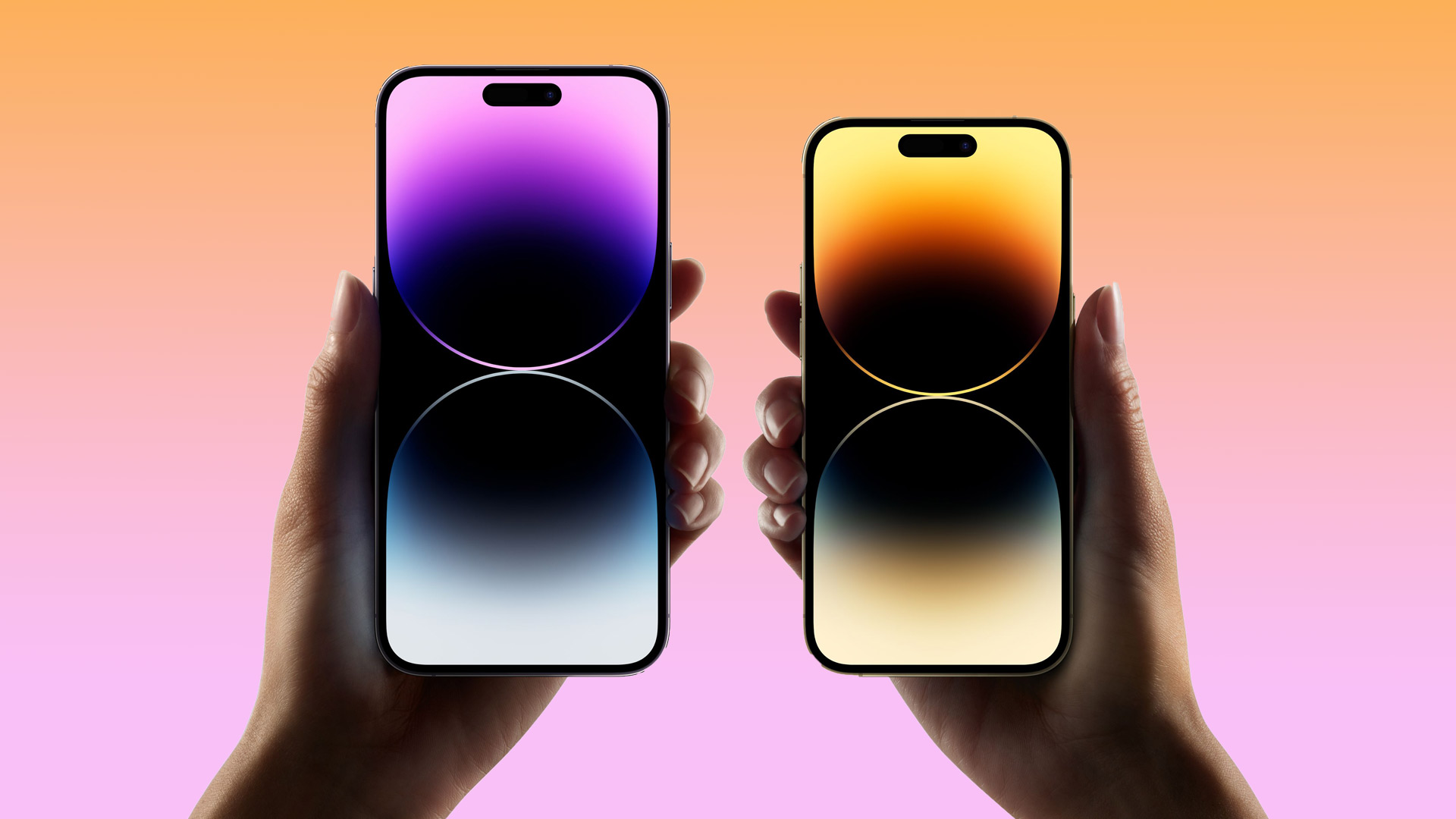iPhone 16 screen change could be a Pro-only upgrade
While Pro iPhones could grow, regular handsets look set to stay the same

Earlier this week, the reliable display analyst Ross Young revealed that the iPhone 16 family of handsets would see their first significant screen size increase since 2020.
Back then, the iPhone 12 introduced 6.1 and 6.7-inch screens, up from 5.8 and 6.5-inches on the iPhone 11. This time, the analyst claimed, we’ll be looking at handsets with 6.3 and 6.9-inch panels.
What wasn’t clear at the time was whether this was an upgrade for all iPhones, and history doesn’t give any precedents there. The regular iPhone 11 didn’t have a mini or Plus handset for comparison and the handset already had a 6.1-inch frame, the same as the iPhone XR before it.
But now Young has returned to MacRumors to clarify that the size increase will be exclusive to the iPhone 16 Pro headsets. The regular iPhone 16 devices will reportedly maintain the same 6.1 and 6.7-inch screens as available on the iPhone 14 and 14 Plus today.
Bigger screen, similar footprint?
While Young says that the 6.3 and 6.9-inch figures are rounded up (more accurate numbers will emerge at the Display Week Conference on May 23, he says), the discrepancy presents two hints about the direction of the iPhone 16.
The first is that Apple believes a big screen should be a premium feature in the same league as a faster chipset, better camera array and ProMotion 120Hz panels. However, the weak sales figures on the iPhone 14 Plus suggests there are limits to that strategy,
The second is that Apple could be making such progress in reducing the size of the bezels on its high-end phones to the degree that it can make displays 0.2-inches larger without having a massive impact on the footprint or weight of the device.
Sign up to get the BEST of Tom's Guide direct to your inbox.
Get instant access to breaking news, the hottest reviews, great deals and helpful tips.
We know that the upcoming iPhone 15 Ultra is set to have ridiculously thin bezels — perhaps Apple has decided that this reduction means the iPhone 16 can justify a bit more width without consumers finding it to be ‘too much’.
Even if it’s true that consumers won’t notice much difference from what’s available today, it’ll still leave those who prefer smaller handsets without a natural home. The 5.4-inch iPhone 13 mini will be three years old by the time the iPhone 16 arrives, and while the iPhone SE is a pocket-friendly 4.7-inches, the next generation isn’t expected until 2025. That’s a long wait, even if the inevitable compromises in making a cheaper iPhone prove to be acceptable.
Freelance contributor Alan has been writing about tech for over a decade, covering phones, drones and everything in between. Previously Deputy Editor of tech site Alphr, his words are found all over the web and in the occasional magazine too. When not weighing up the pros and cons of the latest smartwatch, you'll probably find him tackling his ever-growing games backlog. Or, more likely, playing Spelunky for the millionth time.

